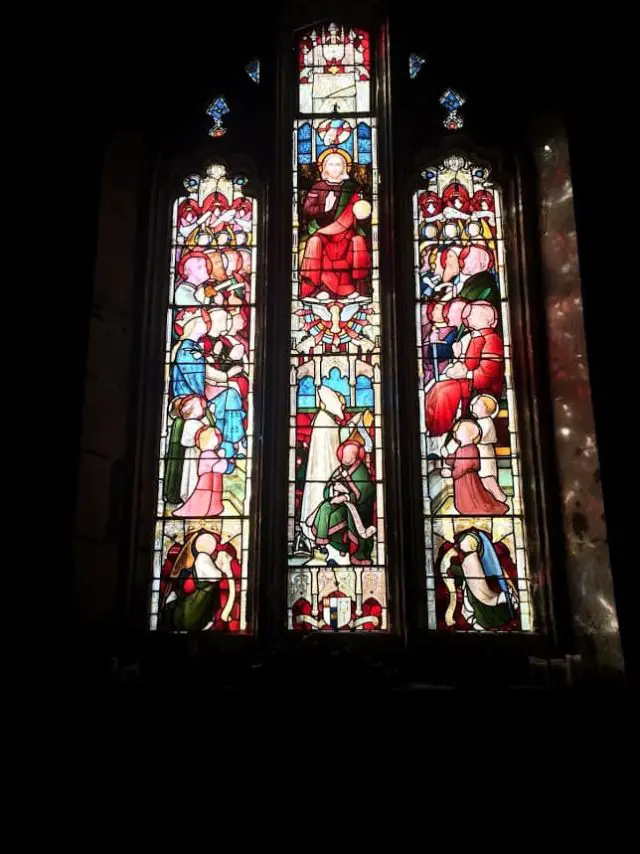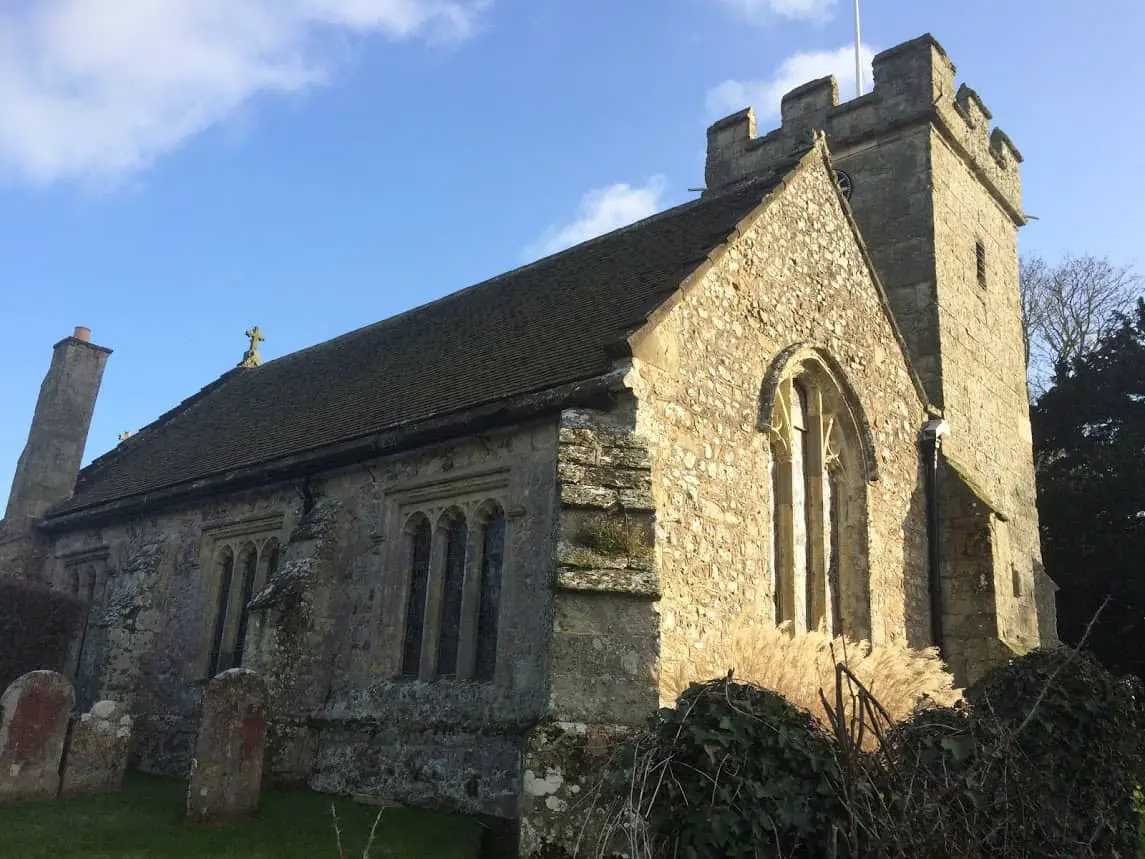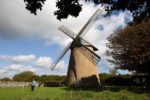Historic England today (Thursday) reveals that Whitwell Church on the Isle of Wight is one of 181 sites across the country that have been removed from the Heritage at Risk Register.
Whitwell parish church is unusual as it is formed from two separate medieval chapels built side by side and largely re-built in the 15th and 16th centuries.
Supported by National Lottery Heritage Fund grant
The Grade II* listed building was at risk mainly due to stone decay and issues with water penetration, which have now been addressed thanks to a National Lottery Heritage Fund grant.
Community champion
Historic England would like to acknowledge the contribution of local resident Rose Ashton, the driving force behind the successful fundraising and repair work at Niton Church nearby, who also lent her knowledge and experience to the repair works at Whitwell, achieving a lot before passing away in January 2019.

Sadly, she did not get to see the completed repairs which were finished earlier this year.
The At Risk Register
The register provides an annual snapshot of the critical health of England’s most valued historic places, and those most at risk of being lost.
Over the last year 20 historic buildings and sites in the South East have been saved thanks to the determination of local communities, charities, owners, local councils and Historic England, who together want to see historic places restored and brought back to life.
Examples include a church with Saxon origins where children’s author Lewis Carroll preached, a decorative model dairy which has been transformed into a holiday let, and a military fort which tells an important part of Medway’s history.
Gee: “Heritage can give us a sense of continuity and bring us solace”
Emily Gee, Regional Director for Historic England in London and the South East, said:
“It is the varied tapestry of our historic places that helps us define who we are.
“In testing times, heritage can give us a sense of continuity and bring us solace.
“We also know that investing in our historic places can help boost our economic recovery. Across the South East, the places rescued from the register this year show us that good progress is being made, but there is still a long way to go and many more historic buildings and places which need love, funding, strong partnership working and community support to give them a brighter future.”
Added to the Register
18 sites in the South East have been added to the Register because of concerns about their condition. Over the past year, Historic England has offered £1.9m in grants to help some of London and the South East’s best loved and most important historic sites.
This year has been challenging, but looking after and investing in the historic places that help to define our collective identity is key to the country’s economic recovery.
Supporting skilled local construction jobs
The buildings and places rescued from the Heritage at Risk Register can help level up economic opportunity, support skilled local construction jobs, build resilience in private and public organisations and boost tourism.
Our historic places have also provided an anchor for local communities during these uncertain times. Heritage has a proven positive impact on people’s quality of life and 80% of residents believe local heritage makes their area a better place to live. It can also help support community resilience, instil pride and build confidence that communities can ‘build back better’.
In the South East
The Heritage at Risk Register 2020 reveals that in the South East:
- 154 Buildings or Structures (Grade I and II* listed buildings and structural scheduled monuments across England, plus Grade II listed buildings in London)
- 75 places of worship
- 147 Archaeology entries (non-structural scheduled monuments),
- 25 parks and gardens
- three protected wreck sites
- and 66 conservation areas
…are at risk of neglect, decay or inappropriate change.
In total, there are 470 entries across the South Easton the 2020 Heritage at Risk Register.
Due to the restrictions of Covid-19 we have only been able to assess sites and collect data where it has been safe to do so. This has given us a helpful temperature check of the condition of our historic environment in the last 12 months, but it has not been possible to carry out analysis of trends as we have in previous years.
News shared by Debbie on behalf of Historic England. Ed
Image: © Historic England





